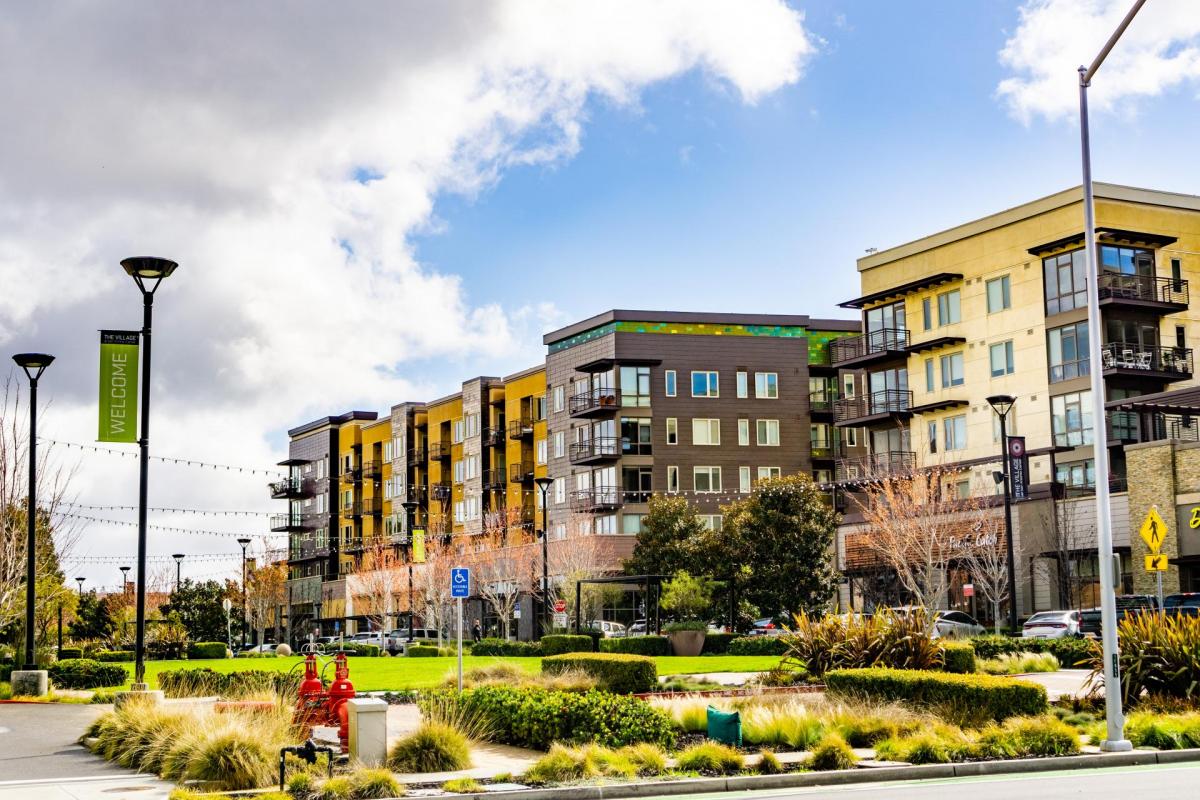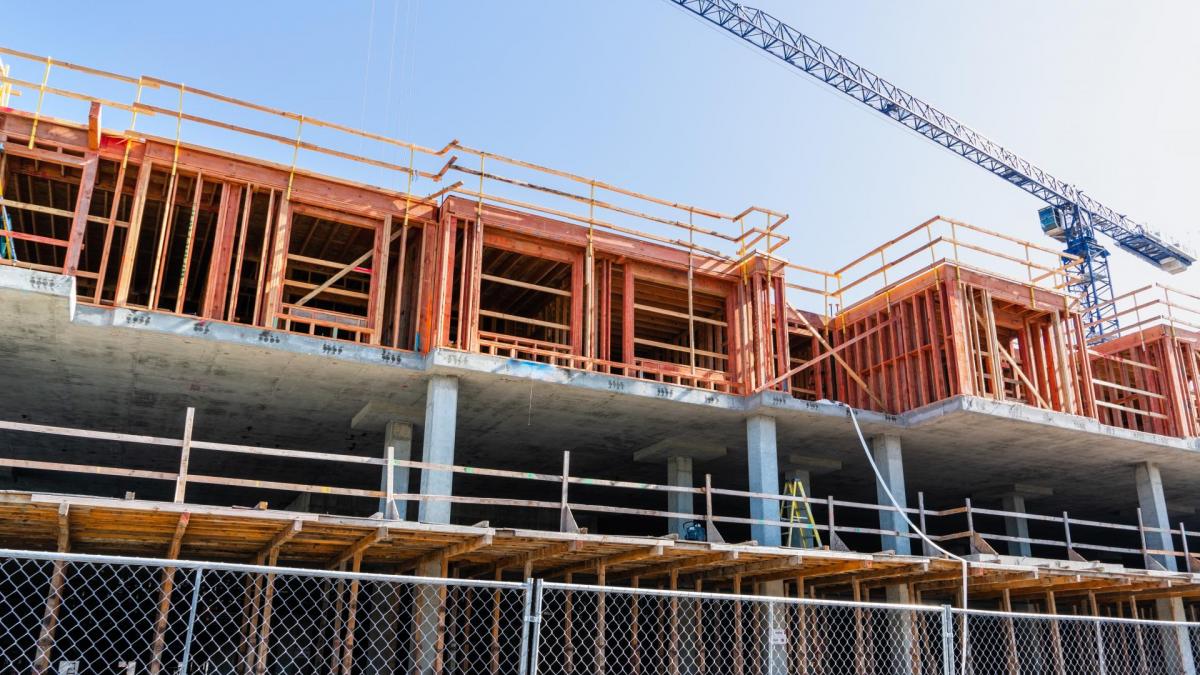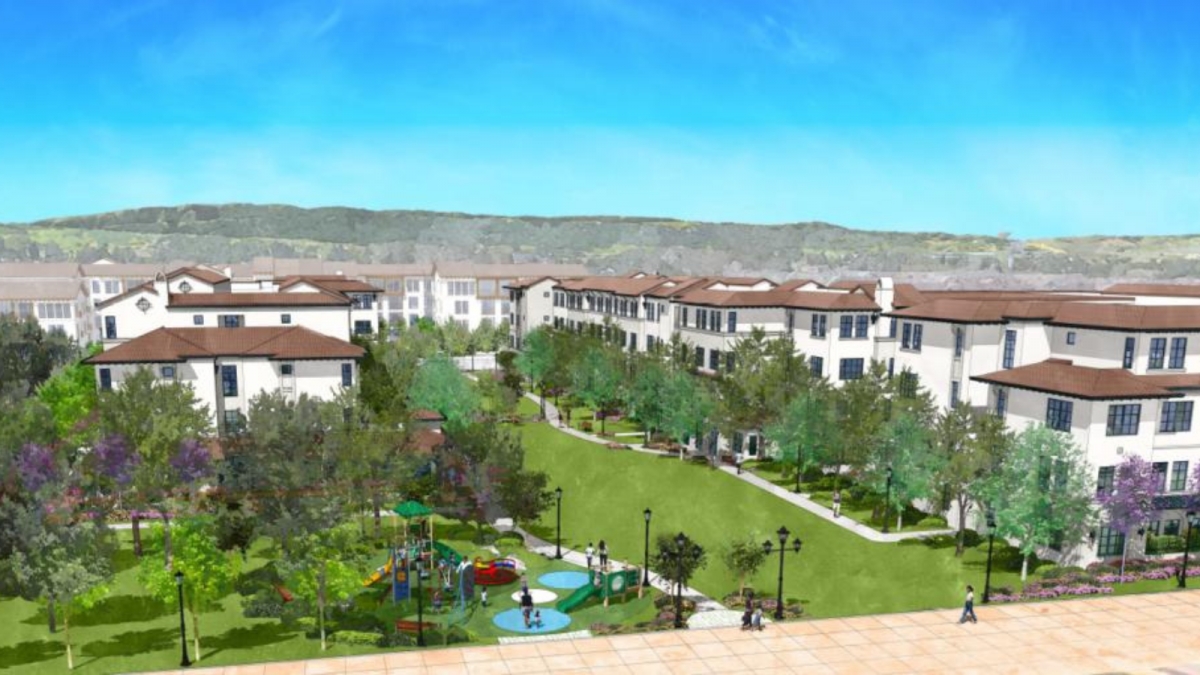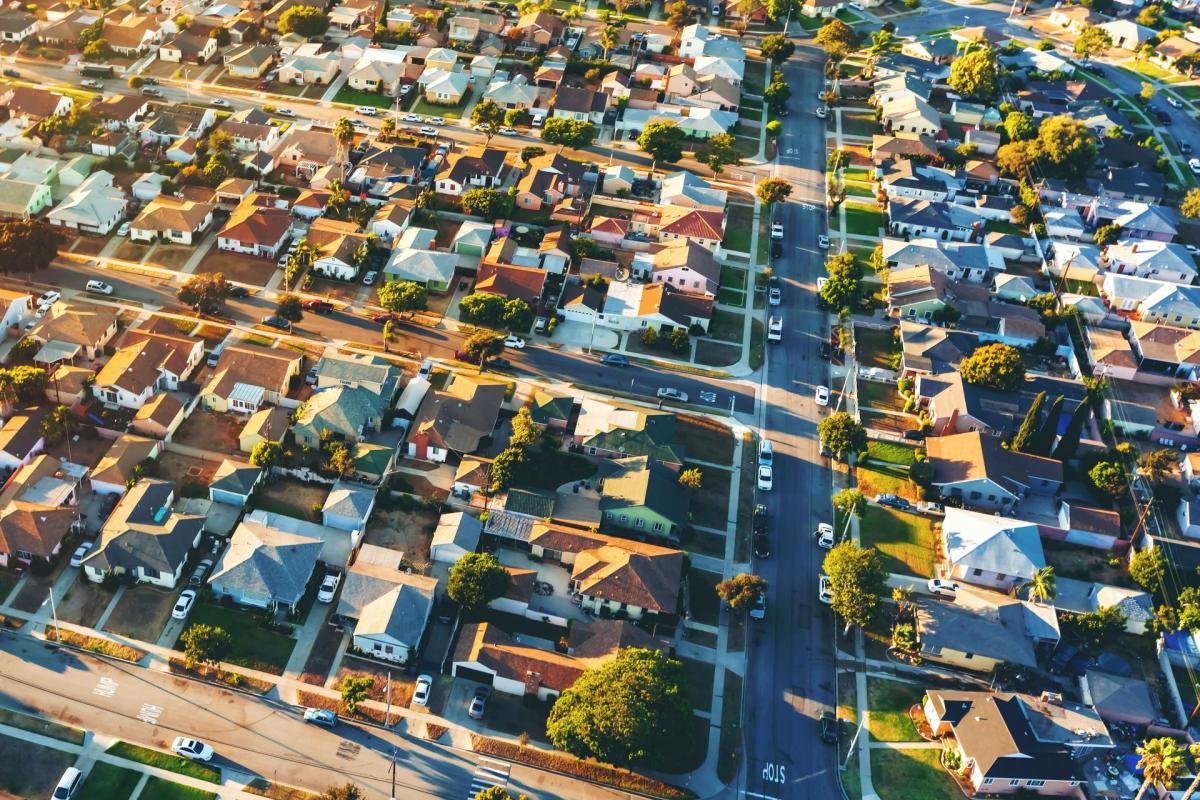Cities across California have adopted big new affordable housing plans. Now comes the hard part
Marina Wiant is the vice president of government affairs for the California Housing Consortium. She can be reached at (916) 272-2325.
California’s housing affordability crisis has become an unavoidable part of everyday life — from rising rents and overcrowded homes to multi-hour commutes and ever-present tent cities. It has become chillingly normal for working people to live in their cars and more than one in five Californians now say they have a real fear of falling into homelessness. In poll after poll, voters put affordable housing at the very top of the list of the state’s most urgent priorities.
Just because this crisis has become inescapable, does not mean it was inevitable. Nor does it mean it is impossible to reverse the trends that got us here — so long as we can learn from our mistakes.
How did we get here?
The roots of California’s affordable housing challenges go back decades and to a problem so straightforward that it is sometimes easy to overlook: The state has too few homes for the millions of people who live here, especially for lower-income families.
State and local governments have patched together solutions for years, but it was only a little over a decade ago, with the demise of redevelopment — the only permanent source of funding cities had for affordable housing production — that the bottom truly fell out of the affordable housing market. Redevelopment certainly had its flaws, but it gave local leaders one of the only financial tools they had to continually invest in affordable housing, using incremental tax revenue growth to fund housing-related infrastructure and, in turn, build more affordable housing.
In the absence of a functioning financing system or fiscal incentives to build, what happened next should not have come as a surprise: Affordable housing production dropped off a cliff. Market-rate housing failed to keep pace with demand. Ten years later, 1.6 million California renter households reported being severely housing cost-burdened, meaning they spent more than half of their income on housing. California moved to the top of the national rankings in renter overcrowding, and the state was soon home to 27% of the nation’s homeless population.
The first steps toward progress
This is what the housing crisis looked like when Gov. Gavin Newsom came to Sacramento on a pledge to ramp up production of as many as 3.5 million new homes over the next decade. Housing politics became good politics in the Capitol, and the Legislature, trying to find ways to accelerate development, began passing the first of many housing packages. Cities across the state, meanwhile, kept trying to cobble together funding and workable sites to build the homes Californians need.
Progress has not been quick. The hard truth is statewide affordable housing production, while climbing to 20,000 units per year, is not growing nearly fast enough to close the state’s housing gap. But in the last few years — due in large part to the pandemic, a sharp spike in homelessness, and a tectonic shift in how people live and work — state and local officials do seem to share a new sense of seriousness about this crisis, along with a growing feeling of responsibility for solving it.
Over the last year, the Newsom Administration settled on a housing goal of 2.5 million units by 2030, including one million homes affordable to lower-income households. The Legislature has kept passing dozens of housing bills each year while taking a hard look at the state’s homelessness strategy and updating recent housing laws to apply lessons learned.
Many cities have also raised the bar on housing: In 2021, the Southern California Association of Governments, made up of elected officials from 191 cities across six counties, voted 64-1 in support of a regional plan for producing 1.34 million housing units by the end of 2029 — three times more than local governments planned for over the last decade. The San Francisco Board of Supervisors unanimously adopted a plan in January that sets a goal of producing 10,000 new housing units every year for the next eight years — more than half of them affordable to low- and moderate-income households.
It is true, some cities have missed state-mandated deadlines for updating their local plans. And there is no shortage of news coverage anytime the state and local governments disagree about local housing progress. But there are positive signs in every region that local leaders are stepping up to this challenge.
The city of Alameda, which effectively froze housing construction in the 1970s, passed an ambitious housing plan in January that includes more than 2,200 affordable units. Nearly a dozen cities have also received the state’s new “prohousing designation,” an incentive program that offers additional funding to communities committed to accelerating housing production.
The hard part
Unfortunately, now comes the even harder part.
While a lot of progress is being made around planning for new housing, the much bigger challenge is still ahead: Finding a way to actually build it.
Especially for affordable housing, the first thing to remember is how we got here in the first place. Redevelopment may be gone but a permanent source of funding for affordable housing does not have to be. Asm. Buffy Wicks proposed one potential option last year: ACA 14, a constitutional amendment that would set aside a portion of state General Fund revenue each year to support the development of affordable housing. The California Housing Consortium shared a letter in February with Gov. Newsom highlighting proposals for an additional $7.9 billion for housing in this year’s state budget. The League of Cities has also proposed billions in new housing and homelessness funding.
Other ideas circulating in Sacramento include a new state housing bond, lowering the vote threshold for local housing measures, and updating federal tax rules to unlock thousands of affordable units stuck in the state’s backlogged housing financing system.
The answer to all of these should be yes, yes, and yes.
Whatever solution the Legislature ultimately decides upon, one thing is clear: If the goal is to match affordable housing production with the scale of the state’s housing needs, today’s funding system is not going to do the job.
With many communities ready to do the right thing on housing, it is also vital that state and local leaders make it harder for individuals and private groups to block approved housing projects. One recent case in point is the city of Livermore in the Bay Area. The city council in 2021 unanimously approved a 120-unit affordable housing project on a city-owned lot, only to have a neighborhood group use the California Environmental Quality Act (CEQA) to tie the project up in court.
The League of California Cities joined the state Attorney General last year in filing legal briefs supporting Livermore as it fought the suit. After a lower court judge dismissed the neighbors’ case as “almost entirely without merit,” a state appeals court upheld the ruling and published its opinion this year. This important legal step will help other cities defend themselves against similar lawsuits.
There is still much more to be done to stop CEQA abuses targeting affordable housing: Until then, the law’s lack of hard and fast timelines for appeals or clear rules around who can bring suits and for what cause will continue to allow housing opponents to stall for time.
What it will take to get to “yes”
That may be the most important point: State and local leaders have done a lot in recent years to put communities in a position to overcome their housing issues. But if California’s affordable housing challenges really are a crisis — and with a shortfall of at least 1 million affordable homes, there is no doubt it is — then it is time to remove the last remaining barriers to housing development, especially when it has been planned for and approved by local communities.
Local officials should absolutely have a say in what the next wave of new, more affordable, more walkable housing looks like and where it will go. But once that planning is done, the burden is on local leaders to do all they can to help these homes get built.
Mayor Karen Bass has taken this approach in Los Angeles, declaring a housing state of emergency in her first act in office that allows her to lift local rules and expedite contracts for much-needed homeless housing. But other types of affordable housing should receive this same treatment. If there were an earthquake tomorrow that destroyed thousands of houses, every restriction would be waived to get them rebuilt as quickly as possible; people would pull together and do the job because it had to be done. How do we know that? Because that is exactly what happened after the Northridge earthquake in 1994 when communities joined forces to support more than 22,000 displaced residents.
It is not hard to find more examples of what motivated state and local governments can accomplish: The Los Angeles Rams’ new stadium was built in record time thanks to a CEQA exemption. The Legislature showed it can do the same when it passed a bill in less than a month last year to avoid a court-ordered enrollment cap at the University of California, Berkeley, and allow student housing projects across the state to move forward.
Elected officials at every level of government have set the right goals and done everything they can to plan for the housing California needs. They have also shown they can muster incredible willpower to support high-profile, high-priority projects.
Now it’s time to bring this same energy to saying “yes” to the next, essential wave of affordable housing development.




